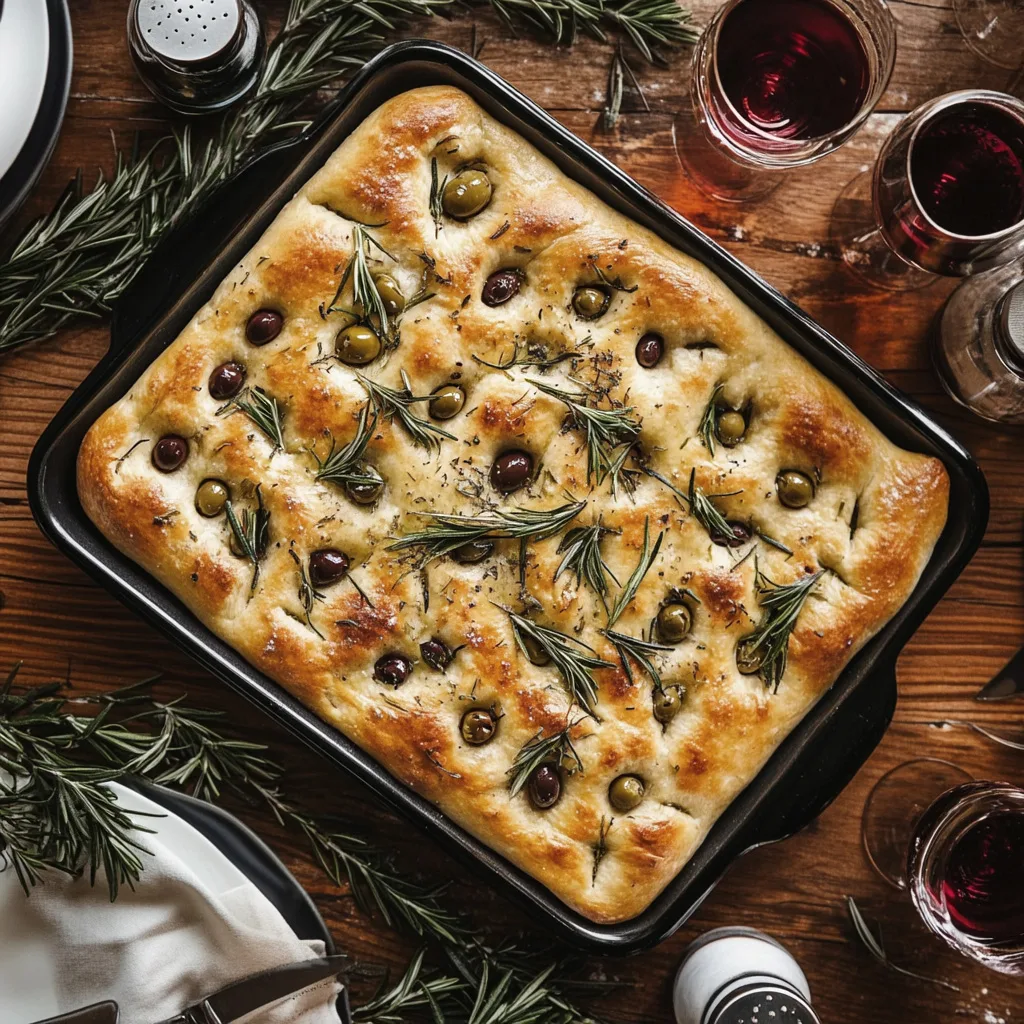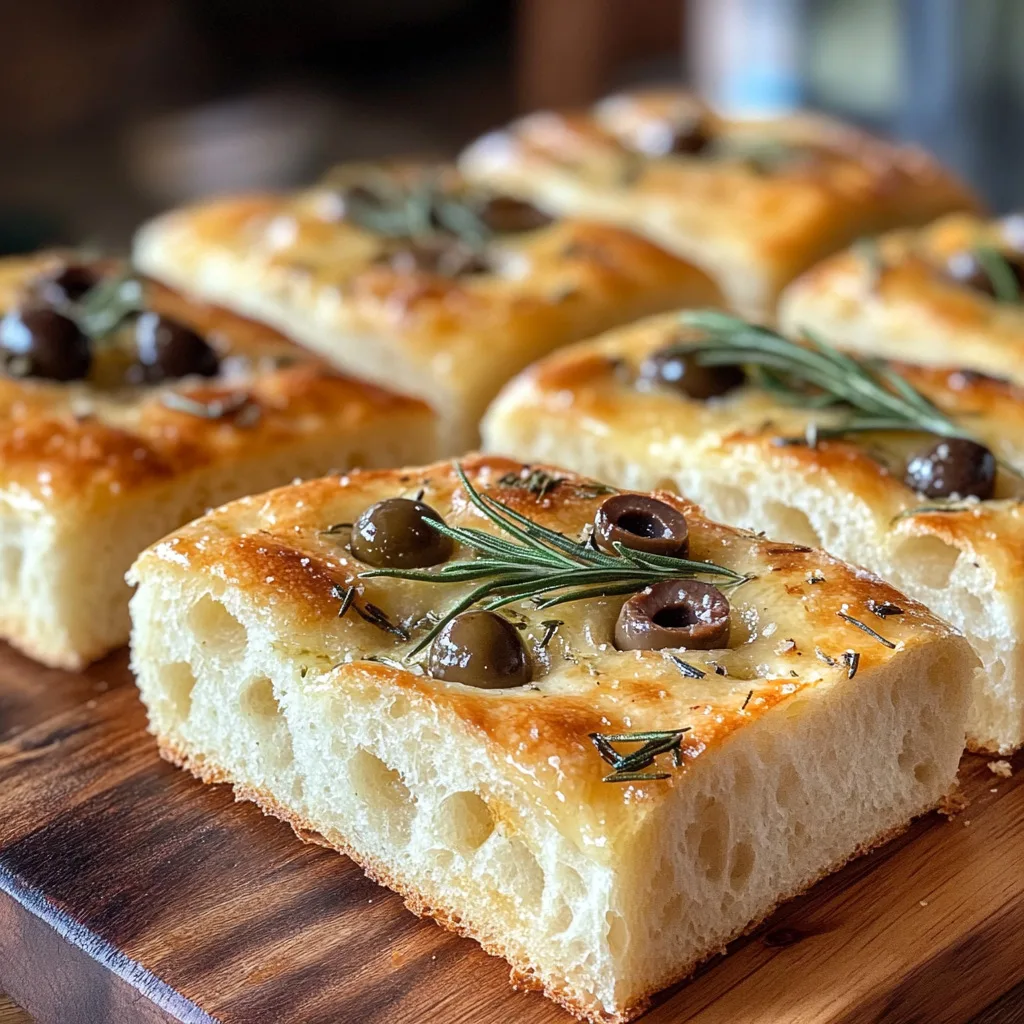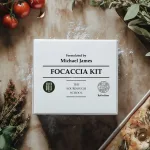Description
What’s Included in the Focaccia Kit?
- The finest strong stoneground white bread flour.
- Fibre-packed strong wholemeal bread flour.
- Unrinsed seasalt.
- Finest olive oil.
Makes: 2 or 4 large focaccias, in a (23cm x 33cm or equivalent) deep-sided baking tray.
Allergy Information:
Contains wheat and gluten. Packed in an environment where sesame seeds, nuts and gluten are handled.
Biodegradable packaging:
The biodegradable materials used in this packaging are derived from rice, potatoes, and corn. If you have an allergy to any of these ingredients, please contact us, and we can explore alternative packaging options for you.
Why Choose Our Focaccia Baking Kit?
Make two big, tasty focaccias with this recipe kit from expert baker, Michael James. Buy it once or subscribe. Easy to bake at home artisan bread baking kit.
This crowd pleaser is a great introduction to artisan bread baking as it is very forgiving; it is baked in a pan so no technical shaping skills are required. Kids love to get their hands into the dough, and have fun arranging the toppings. You can top the focaccia with anything you like – I also love it with onions, anchovy, tomato, or roasted garlic and a drizzle of balsamic vinegar.
The dough can be made by hand or in an electric stand mixer, although the dough will be stronger with a mixer. Instructions for both methods are included with the kit.
Ingredients
Unrinsed Hand-Harvested Salt – Supplied in partnership with Halon Mon. Unwashed for higher mineral levels. Contains higher magnesium sulfate (MgSO4) compared to other rinsed salts, aiding yeast growth during fermentation.
Sicilian Unfiltered First Cold Pressed Extra Virgin Olive OilLovingly made in the traditional way in a small town just outside Palermo in Sicily, called Alcamo.
Strong Bread Flour who have perfected the art of milling in Essex, UK, for over 200 years.
Recommended pairing:
- Olives
- Rosemary
The Origins and History of Focaccia
Focaccia is a traditional Italian flatbread with a rich history that dates back thousands of years. Its origins are deeply intertwined with the culinary traditions of the Mediterranean region.
Ancient Origins
- Etymology: The word “focaccia” is derived from the Latin word “focus,” which means “hearth” or “fireplace.” This reflects the bread’s ancient method of being baked on a hearth or directly on hot stones.
- Pre-Roman Times: Focaccia is believed to have roots in ancient Etruscan or Greek civilizations. Early versions of the bread were simple and rustic, made with basic ingredients like flour, water, and olive oil, and baked in the ashes of a hearth.
- Roman Era: During the Roman Empire, focaccia became more refined and spread across different regions of Italy. The Romans called it “panis focacius,” and it was a common staple in their diet. The simplicity of the bread made it a versatile accompaniment to various meals.
Regional Variations in Italy
- Liguria (Genoa): The region most commonly associated with focaccia today is Liguria, particularly the city of Genoa. Ligurian focaccia, or “focaccia alla Genovese,” is known for its light, airy texture and distinctive dimpled appearance, which is achieved by pressing fingers into the dough before baking. It’s generously brushed with olive oil and often sprinkled with coarse salt and rosemary.
- Apulia (Puglia): In Apulia, focaccia takes on a different form, often topped with tomatoes, olives, or other regional ingredients. “Focaccia Barese” is a popular variation from Bari, topped with cherry tomatoes, olives, and sometimes potatoes.
- Tuscany (Schiacciata): In Tuscany, a version of focaccia called “schiacciata” is common. It’s similar to the Ligurian version but can be either savory, with toppings like rosemary and salt, or sweet, topped with grapes or sugar during harvest season.
Cultural Significance
- Religious and Festive Occasions: Throughout history, focaccia has been associated with religious and festive occasions in Italy. It was often made for special events such as weddings, where it symbolized prosperity and happiness.
- Everyday Life: In many Italian regions, focaccia has become a staple of everyday life, enjoyed as a snack, appetizer, or accompaniment to meals.
Modern Day
- International Popularity: Today, focaccia is enjoyed worldwide, with many variations and adaptations. It has become a beloved bread in international cuisine, often served in restaurants or made at home.
- Artisan Baking: With the rise of artisan baking, focaccia has seen a resurgence in popularity, appreciated for its simplicity, versatility, and the use of high-quality ingredients like extra virgin olive oil and sea salt.
Focaccia’s enduring appeal lies in its rich history, regional diversity, and the comfort it provides through its warm, flavorful, and satisfying nature. Whether enjoyed plain, with herbs, or topped with a variety of ingredients, focaccia continues to be a cherished bread in Italy and beyond.

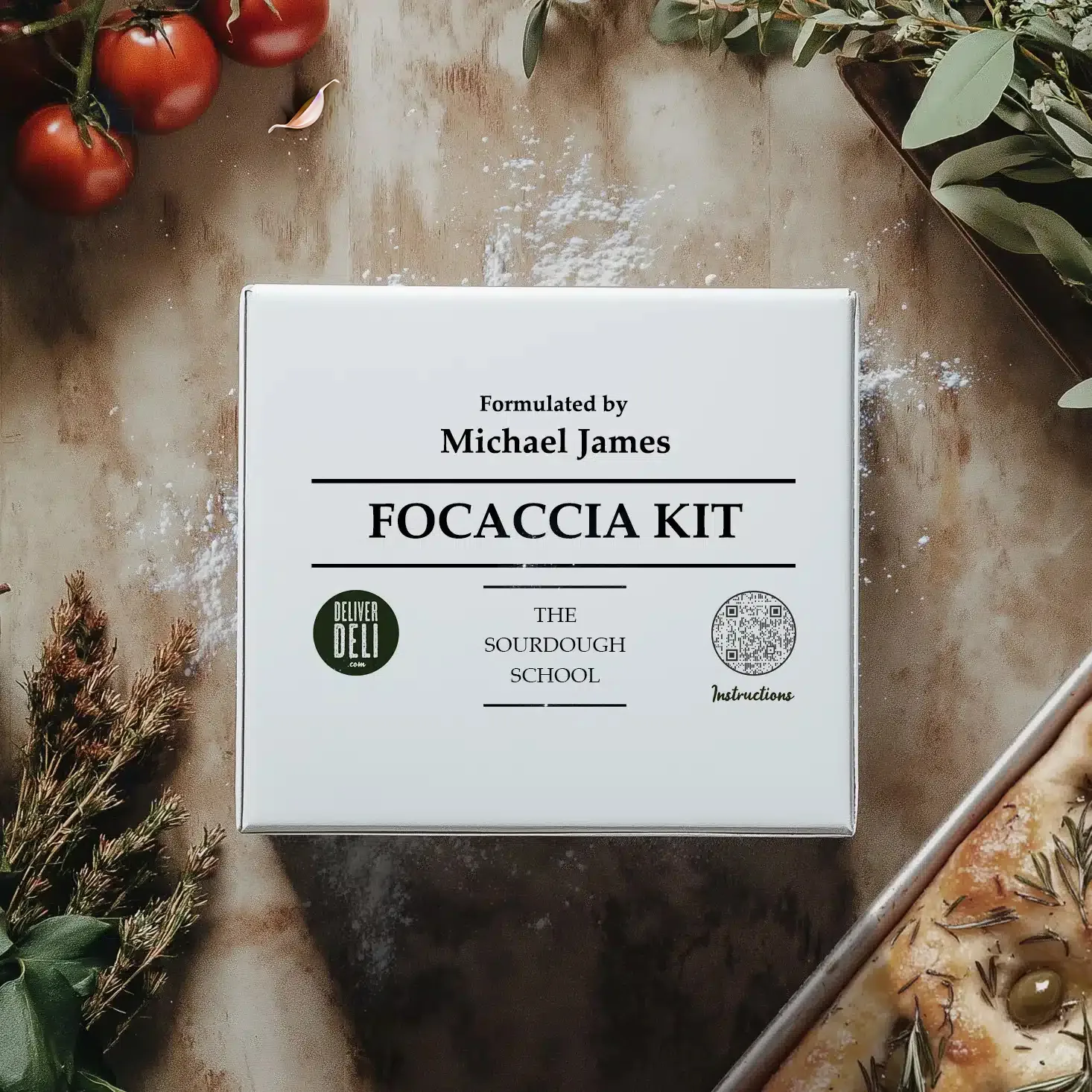
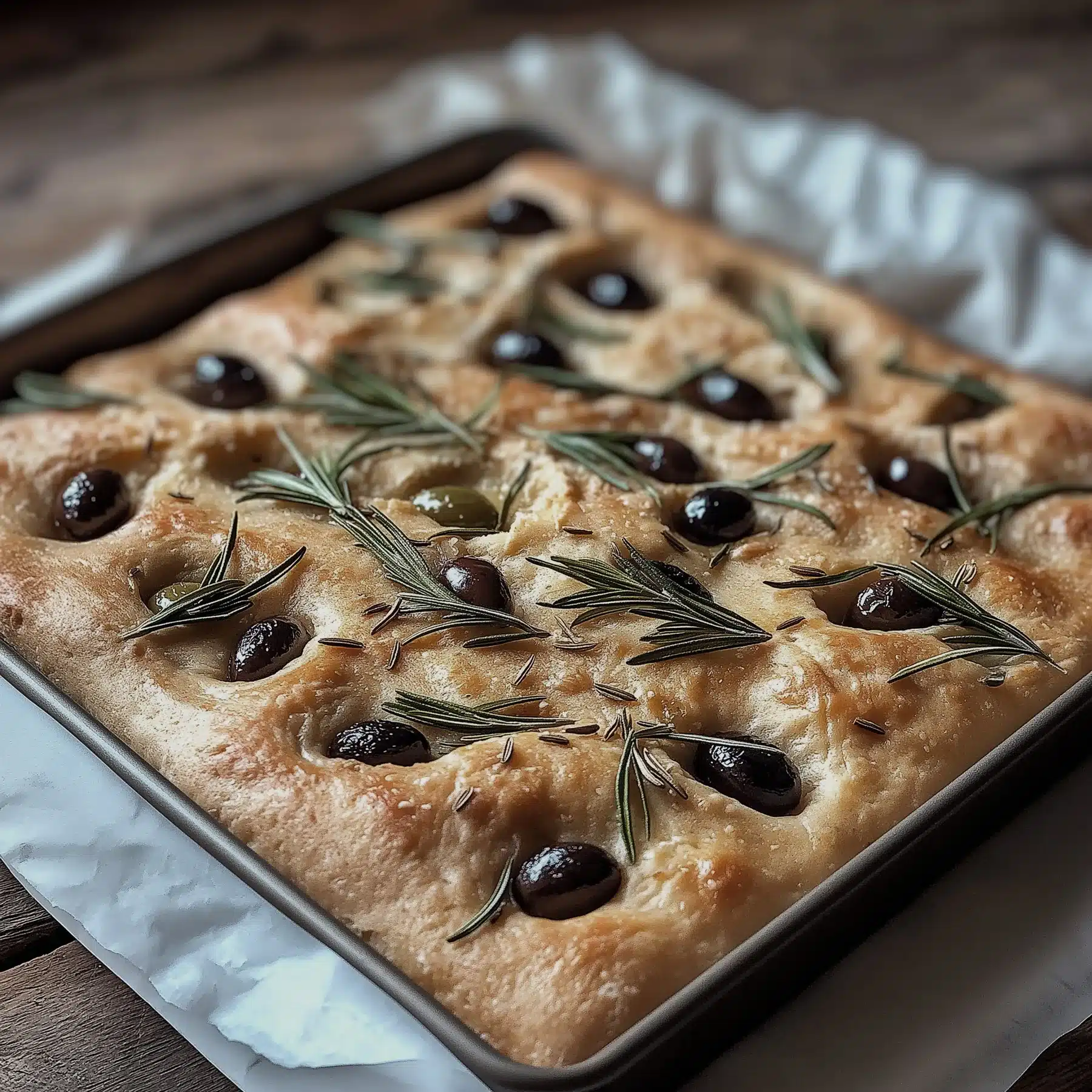
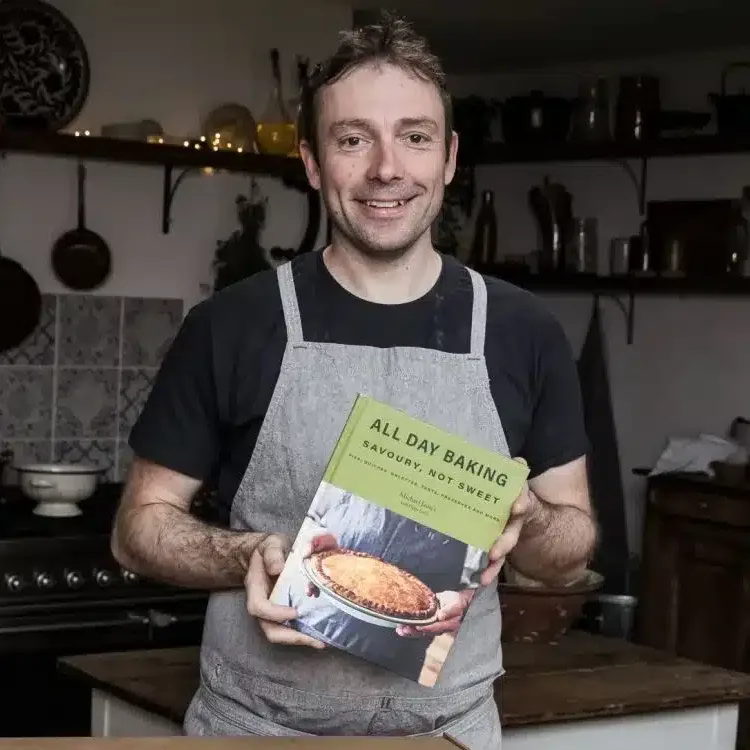




 Make one or two big (23cm x 33cm tray) and tasty focaccias with this recipe kit from expert baker, Michael James. Get all the ingredients you need. Buy it once or subscribe and save. Use our house strong white flour along with either our house wholewheat flour or The Sourdough School botanical blend.
Make one or two big (23cm x 33cm tray) and tasty focaccias with this recipe kit from expert baker, Michael James. Get all the ingredients you need. Buy it once or subscribe and save. Use our house strong white flour along with either our house wholewheat flour or The Sourdough School botanical blend.